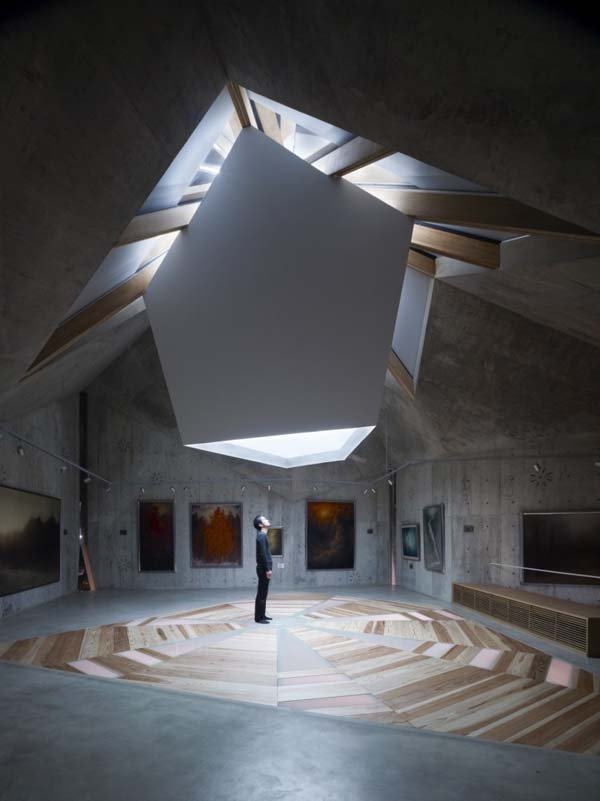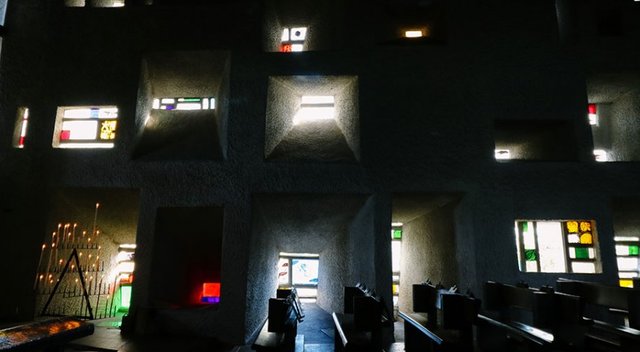What are the benefits of lighting in architecture?
It could seem silly to inquire as to why lighting is crucial to architecture.
The solution might appear obvious.
A room wouldn't be usable without lights, you know!
The irony is that materials, plumbing, and even equipment are frequently prioritized over lighting when determining a project's budget.
Nevertheless, it is an important aspect that gives your projects life; it should not be seen as only an addition
Three Key Benefits of Lighting in Architectural Design
The first advantage is obvious: lighting establishes a room's purpose. According to the intended use of the area and the activities that take place there, choosing the right lighting aids in creating the ideal environment. When designing an office area and an opulent hotel lobby, you won't employ the same lighting because they serve quite different purposes.
The psychological effect that lighting has on how we perceive a specific location is its second advantage. The impact on visual comfort and individual productivity, for instance. In this situation, the selection of color temperatures or even the size and area of a lighting system may have an impact on how we perceive a particular environment.
Natural lighting, commonly referred to as daylighting, is a technique that effectively uses exterior glazing (windows, skylights, etc.) to bring natural light into your home, minimizing the need for artificial lighting and saving energy. It has been demonstrated that natural lighting improves building inhabitants' health and comfort.
More than just adding light to a house is involved in the science of daylighting design. You must balance heat gains and losses, glare management, and fluctuations in daylight availability when adding a daylighting fixture. Further factors to take into account include window size and spacing, glass choice, the reflectivity of interior materials, and the placement of interior partitions. Additionally, there are numerous varieties of daylight fixtures, and each has a special set of design considerations.

